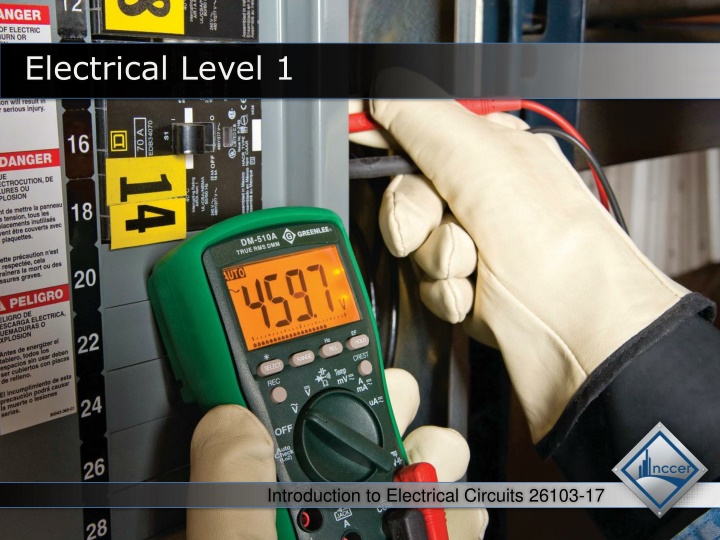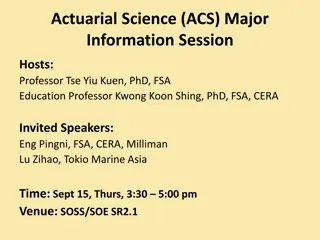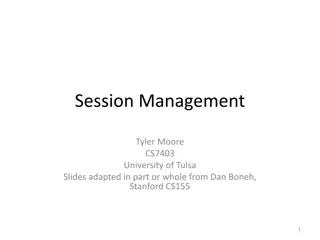
Introduction to Electrical Circuits and Units of Measurement
Explore the basics of electrical circuits, units of measurement, current, voltage, resistance, and Ohm's Law. Learn how to identify and understand electrical concepts for solving circuit values effectively.
Download Presentation

Please find below an Image/Link to download the presentation.
The content on the website is provided AS IS for your information and personal use only. It may not be sold, licensed, or shared on other websites without obtaining consent from the author. If you encounter any issues during the download, it is possible that the publisher has removed the file from their server.
You are allowed to download the files provided on this website for personal or commercial use, subject to the condition that they are used lawfully. All files are the property of their respective owners.
The content on the website is provided AS IS for your information and personal use only. It may not be sold, licensed, or shared on other websites without obtaining consent from the author.
E N D
Presentation Transcript
Electrical Level 1 Introduction to Electrical Circuits 26103-17
Electrical Level 1 Session 2: Identifying Electrical Units of Measurement Introduction to Electrical Circuits 26103-17
Objectives When you have completed this session, you will be able to do the following: 2. Identify electrical units of measurement. a. Define current. b. Define voltage. c. Define resistance. d. Use Ohm s law to solve for unknown circuit values. Introduction to Electrical Circuits 26103-17
2.0.02.2.0 Electric Charge and Current The ability of a charge to do work is called potential. The sum of the electrical charges in a field is the electromotive force (emf) or voltage (V), which is expressed in equations as E. Electric charge is measured in coulombs. A battery creates an electric charge by chemically producing free electrons at its negative terminal. Introduction to Electrical Circuits 26103-17
2.3.0 Conductor Properties Current flow is measured in amps (A) and the intensity of current flow is represented in equations by the letter I. Resistance is the opposition to current flow. It is measured in ohms ( ) and represented in equations by the letter R. The hotter a wire, the greater its resistance. Introduction to Electrical Circuits 26103-17
2.4.0 Ohm s Law Ohm s law defines the relationships between voltage (E), current (I), and resistance (R). The formula can be rearranged to find any of the three values. Introduction to Electrical Circuits 26103-17
Next Session Reading Schematic Diagrams Complete the 2.0.0 Section Review. Read Sections 3.0.0 3.4.2 to prepare for the next session. Introduction to Electrical Circuits 26103-17






















